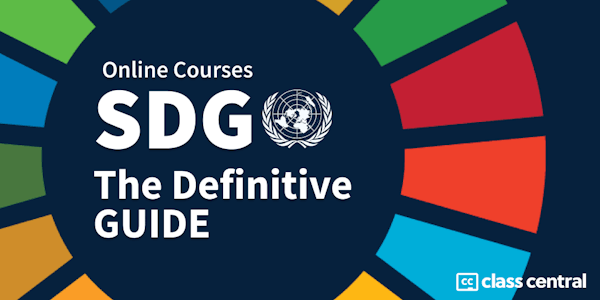This course is designed to help learners around the world become more sustainable eaters. Course videos can be watched in any order. Feel free to explore special areas of interest by skipping ahead and coming back to less familiar topics at a later stage. Together, we’ll explore key topics, like how food production impacts the environment and why meat production and protein consumption are often at the center of the debate around sustainability. We’ll introduce the pros and cons of different kinds of agriculture, fishing and food packaging, with a focus on how we can make more environmentally friendly decisions on a daily basis. We’ll also look ahead and explore some of the technology innovations that could become increasingly important as we look at the future of food for a growing global population. If this is the first course you’ve ever taken on food and sustainable eating, you’ll come away with concrete tips for how you can make food choices that will protect the world we hand over to the next generation. Our planet needs many people making small changes in the right direction and we’re here to help with that. If you’re an expert in food sustainability, we hope to offer you some tools that could help you to communicate key messages to others in simple, digestible ways. Whatever your level, we hope you’ll join this discussion as we explore, together, the ways in which we can all become more sustainable eaters.
The beautiful story animations were scripted by Lucas Oliver Oswald and animated by Janine Van Schoor.
Special thanks to: Lucas Oliver Oswald, William Bottini, Desiree Labeaud, Christopher Gardner, Sejal Parekh, Arielle Wenokur, Janine Van Schoor, Ann Doerr, Perry Pickert and the fantastic team at Friday Films.
Overview
Syllabus
- Eating for Our Health and the Health of Our Planet
- This week, we’ll learn about what it means to be a sustainable eater, by exploring the guiding principles of sustainable eating as published by the World Health Organization. We’ll examine how our food choices shape our health and the health of our planet and why protein is often at the center of the debate.
- How Meat and Milk Impact Our Planet
- In this module, we’ll learn about how producing different kinds of meat have different impacts on our environment. We’ll also learn why plant-based proteins are less stressful for our planet to produce than animal-based proteins - and how increasing the plant-based proteins in our diet can improve our health.
- How Seafood and Egg Consumption Impact Our Planet
- In this module, we will explore the impact of fish and seafood on our environment, including the different kinds of wild-caught and farmed fish. We will discuss the different kinds of eggs you find in the supermarket and gain insights into how we can make the best choices possible with our food budget.
- The Future of Food?
- In this module, we will explore the impact of packaging and food waste on our environment as well as the ways in which some forms of food packaging can prevent food waste. We’ll explore the benefits of eating locally grown foods, but also the technologies that allow global populations to have access to fresh produce all year long. Finally, we’ll explore some innovations in food technology that, if they are developed responsibly, might soon make it much easier to be a sustainable eater.
Taught by
Maya Adam





